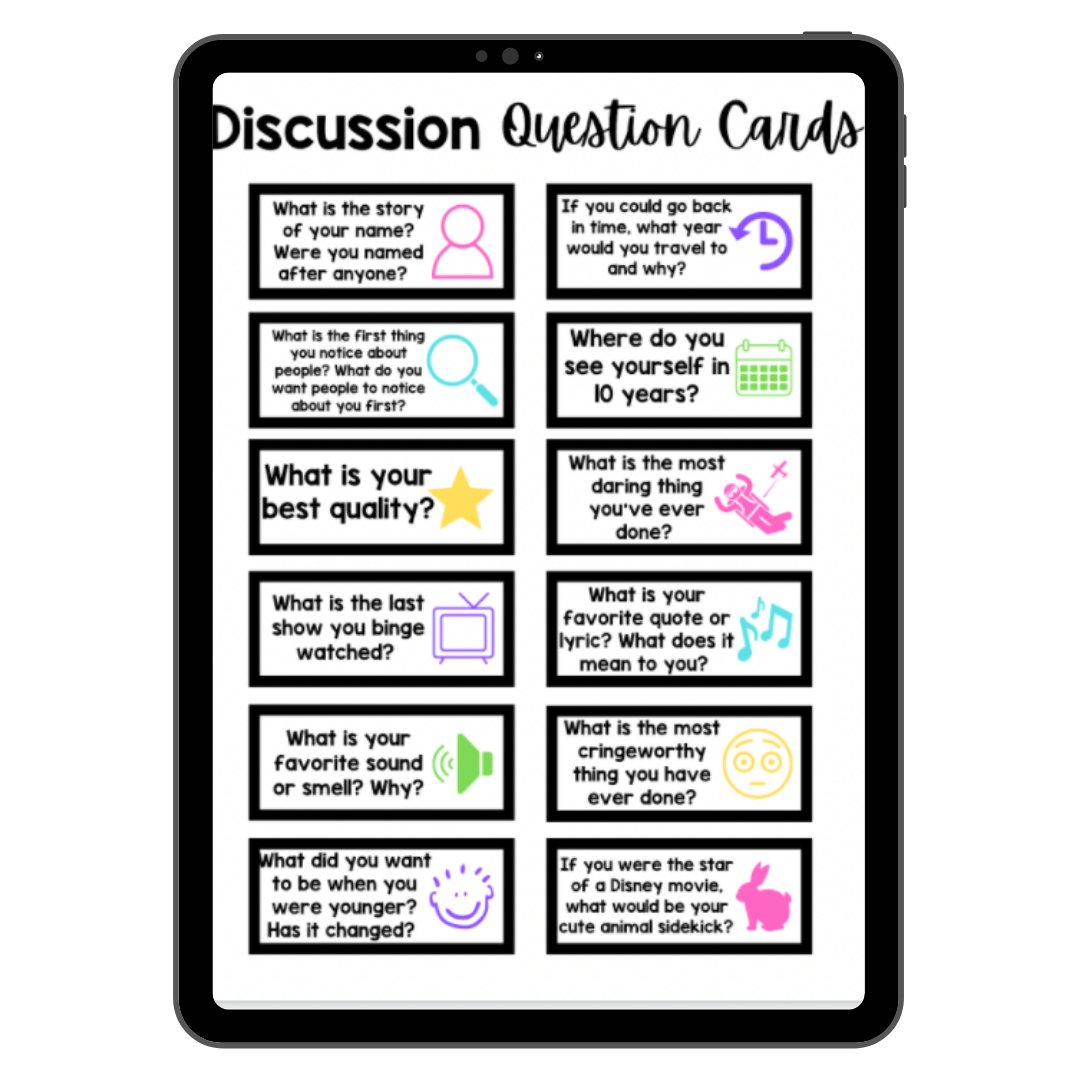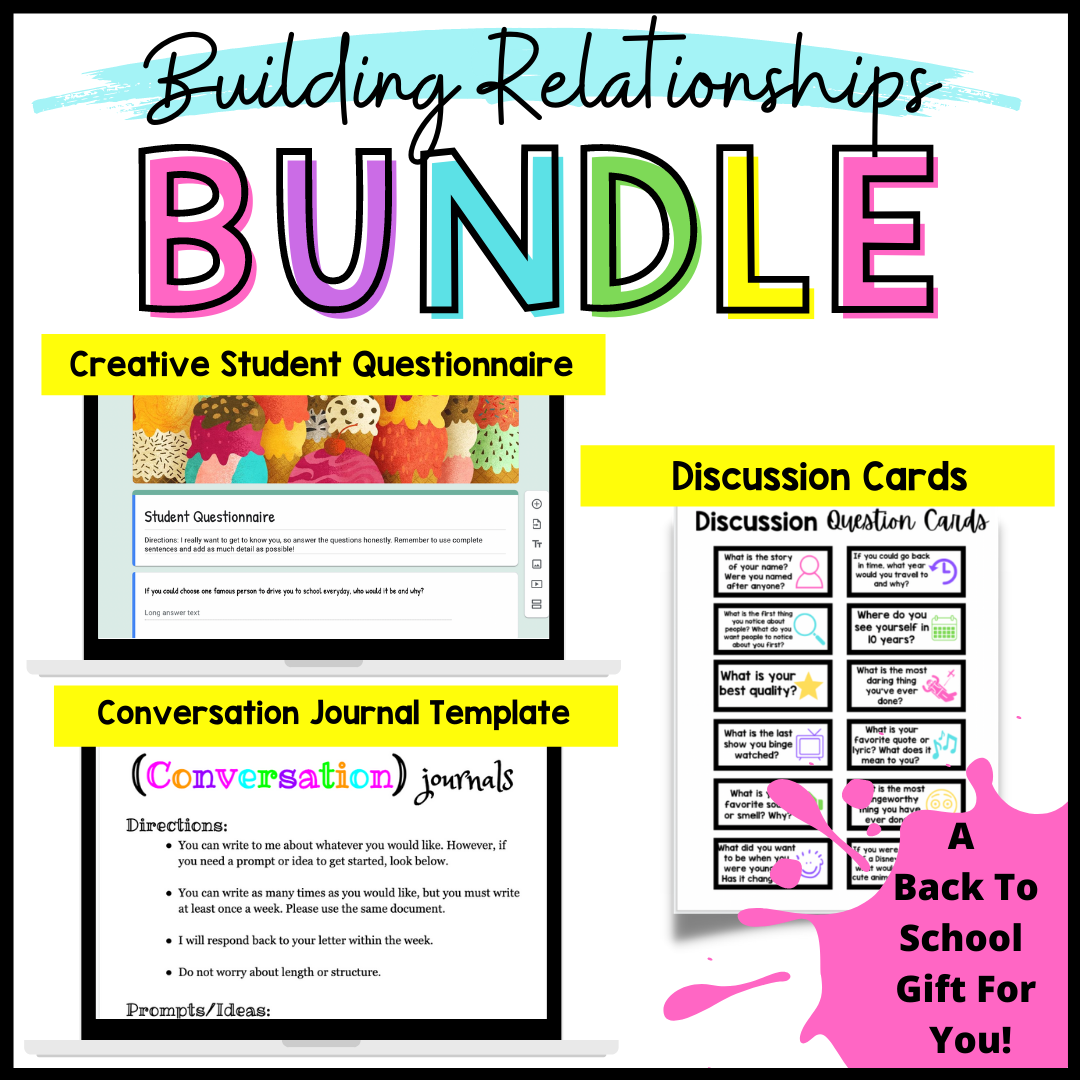5 Ways To Build Relationships With Your Students
Do you know what’s amazing about this picture?
It’s not that these four young men set a goal, sacrificed, and worked hard to be the best swimmers in the world.
Although, that is remarkable.
To me, what’s impressive about the image is the blue bandana Caeleb Dressel has wrapped tightly around his right hand.
That simple banana belonged to a teacher he had in high school.
So why would he have something seemingly insignificant with him when he received his Olympic gold medal?
Because his math teacher, Claire McCool, had a tremendous impact on his life. Not because she taught him the Quadratic function, how to ace the state test, or how to calculate how many strokes he needs to take a second to reach his goal.
It was because she listened to him and took time to build a relationship.
When asked about Mrs. McCool, Caeleb’s younger sister said, “You could just tell she really, genuinely cared about each of her students. Not [just] how they did academically — obviously she was a great teacher — she provided support, encouragement in every aspect of life. I think Caeleb really needed that at points in his own life and just having that person to talk to and trust and just share that bond.”
As teachers, we have been blessed with an amazing opportunity to connect and build relationships with young people who need someone in their corner cheering them on.
I know it’s not easy with the demands of high stakes testing, all the hats we have to wear, and trying to get through all of the standards. The good news is, though, there are little things we can implement that can help us start to build strong and lasting relationships with our students.
Here are five easy ideas to help get you going.
1. Greet students at the door by name and seem excited to see them. This is a great time to make small connections. Ask how they did in their ballgame, let them know you’re going to their concert, ask how the math test went, or tell them how awesome their new haircut looks. Every student wants to be seen, even your shy introverted ones, and this is a great time to make that happen.
2. Gather info with creative questionnaires. These are great ways to find out what your students are into and will give you connection points. For example, on the questionnaire I use with my students, one of the questions is, “What is your favorite gas station snack?” Several students said Skittles. That’s mine as well, so I found moments to share that connection with them.
3. Eat lunch with your students. I know some schools have this magical thing called duty free lunch, but I work in a school where we have to take our students to lunch. While taking 30 students into an echoing cafeteria has its drawbacks, it does present a great opportunity to make connections and build relationships. In fact, gathering over a meal is one of the most ancient forms of building community. Although it might feel weird at first, commit to sitting with your students one day a week. Bring fun discussion cards to break the ice. All you have to do is read out the question and listen to their responses. You will be surprised what you learn about your students during this time!
4. Conversation journals. This strategy is the most time consuming, but in my opinion, it also has the greatest impact. The concept is simple, you write a short letter to each student based on something you read on their student questionnaire and the student responds.
For example, I had a student who mentioned Anime art several times on her questionnaire. In my first letter to her, I mentioned an Anime game my daughter likes to play and told her I would love to see her drawings some day. She wrote back that she played the same game and asked me if I had heard of a similar one. At the end of her letter, she attached a picture of one of her drawings. She deemed it “weird” but I thought it was so good! When I greeted her at the door the next day, I made sure to tell her how amazing her drawing was, and that I could not wait to see more.
The goal is to write back and forth once a week. I even provide students with prompts if they feel like they have nothing to write.
I prefer to use a simple Google Doc for this activity because I can type faster than I write, but you can use actual notebooks and journals if you like. It’s whatever matches your style of feedback.
5. It Takes Two. Finally, there is ALWAYS going to be that one student you struggle with. The It Takes Two strategy is a great way to try to make a connection with the student in order to curb the behavior issues.
The goal is to find at least two minutes everyday to talk to that one student about whatever they want to talk about. It builds a relationship, provides opportunities for connection, and let’s them know that even though you might have your problems, you still care. You can talk to them in the hallway, on the bus lot, during transition, at lunch, etc. Two minutes is not a lot of time, but it can have a huge impact.
The bottom line is when students feel like they have a teacher they connect with, they feel valued. And isn’t that what it’s all about, for students to know they have value, no matter their academic ability?
To help you get started with the five strategies outlined here, I have a Building Relationships Bundle gift for you. Just click the image below for the resources that will help build a strong foundation with your students.
On a final note, I know teaching is overwhelming and there is a ton on our plate. When I look at ALL THE THINGS I have to get done in class and I think I don’t have time for conversation journals, and when I’m tempted to sit with my teacher friends at lunch on Friday instead of with the students, I always go back to that famous Maya Angelou quote, “People will forget what you said, people will forget what you did, but people will never forget how you made them feel.”
The small daily investments will be worth it in the end.




